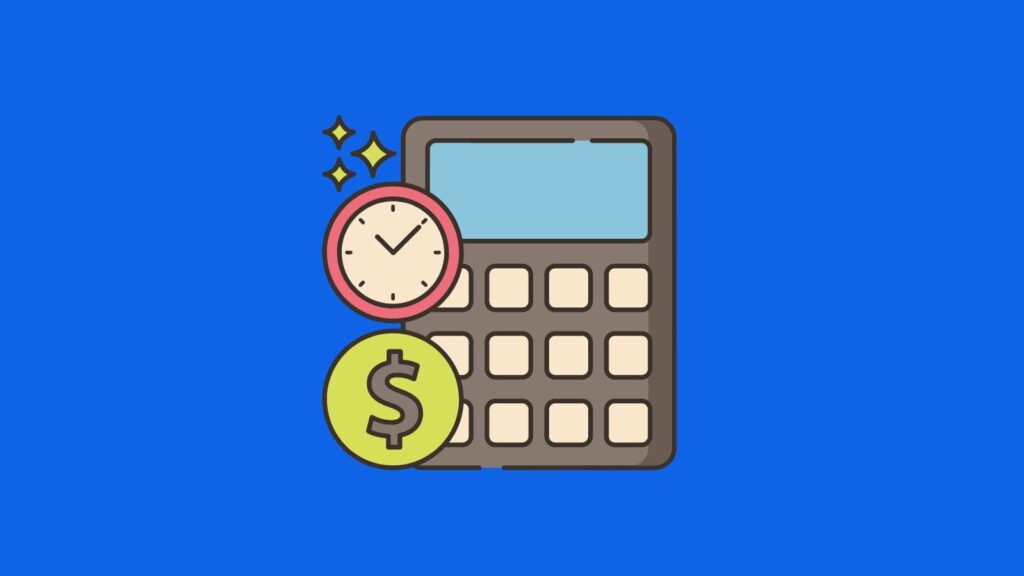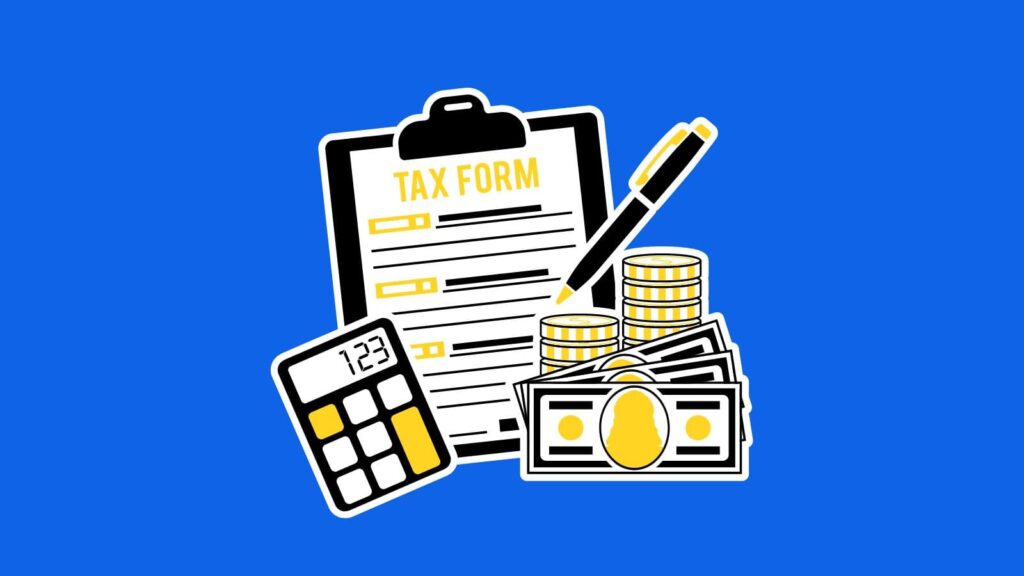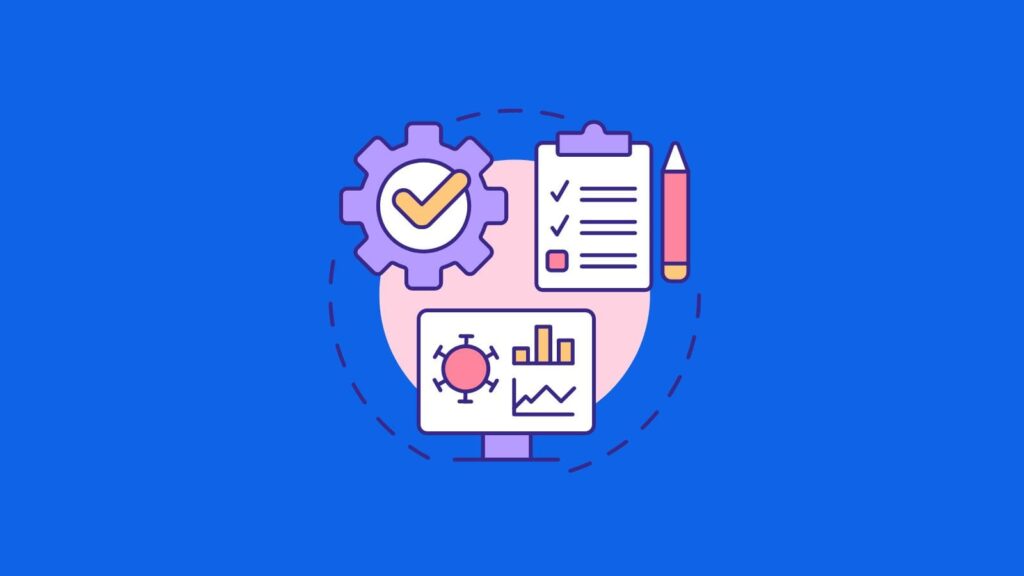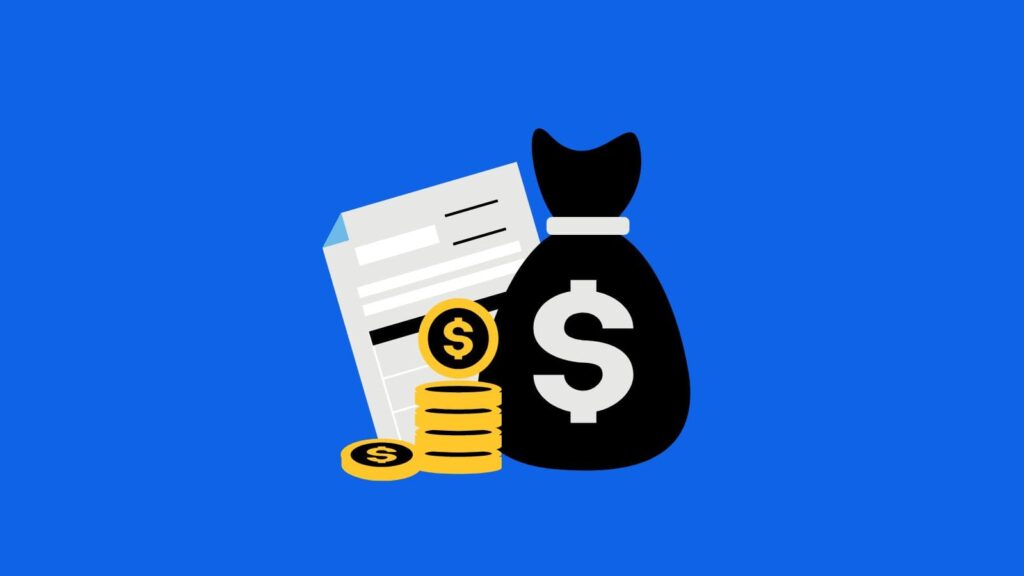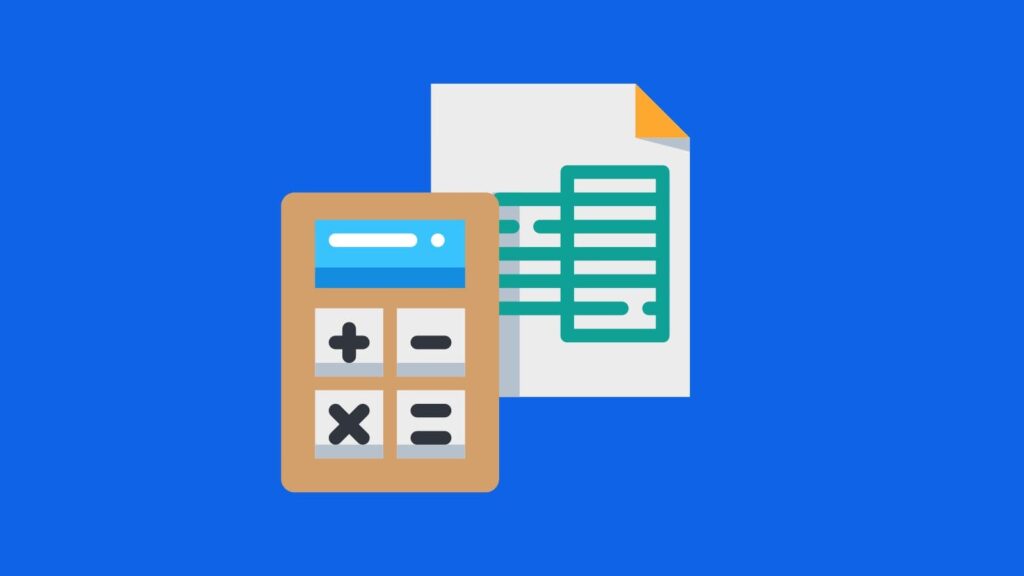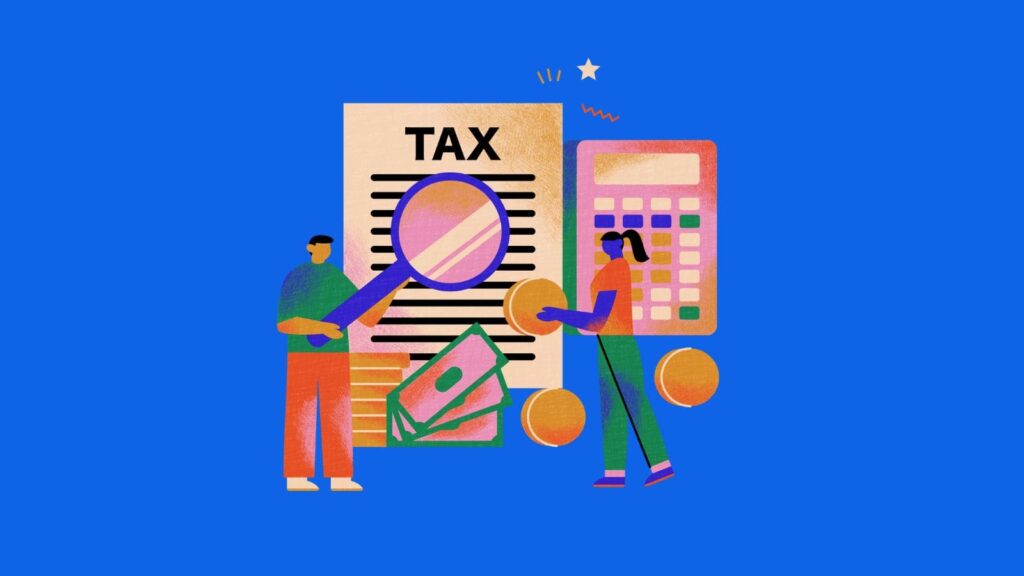Everything You Need To Know About Estimated Tax in Pennsylvania for 2023
February 2, 2023

peakreliance
Accounting, Bookkeeping, Taxes
Estimated Tax in Pennsylvania for 2023 is an important concept to understand for any business or individual in the state that has taxable income. Estimated tax is a method of paying the Internal Revenue Service (IRS) and the Pennsylvania Department of Revenue (DOR) throughout the year, instead of waiting until the end of the calendar year to pay your taxes. This is important because it allows taxpayers to spread out their tax payments throughout the year, which can help manage cash flow and prevent any large lump-sum payments at the end of the year. In this article, we will discuss the basics of Estimated Tax in Pennsylvania for 2023, including who needs to pay it, how much they need to pay, when they need to pay, and other important information. We will also provide helpful tips and resources so that taxpayers can make sure they are compliant and doing the right thing.
What is Estimated Tax in Pennsylvania for 2023?
Estimated Tax in Pennsylvania for 2023 is a payment a taxpayer makes to the IRS and the DOR throughout the year to cover taxes on income that is not subject to withholding. Taxpayers who do not make enough Estimated Tax in Pennsylvania for 2023 to cover their income tax obligations will be subject to a penalty. The Estimated Tax in Pennsylvania for 2023 is calculated based on your income and deductions, which are updated annually based on changes to the tax code. The IRS has a table that can help you estimate if you need to pay Estimated Tax in Pennsylvania for 2023. Estimated Tax in Pennsylvania for 2023 is due on the 15th day of the second month after the end of the tax year. If you are employed and get a W-2 at the end of the year, then your taxes are automatically withheld. Individuals who do not have taxes withheld will still need to pay Estimated Tax in Pennsylvania for 2022. If you own a business, you may also need to pay Estimated Tax in Pennsylvania for 2023.
Who needs to pay Estimated Tax in Pennsylvania for 2023?
Anyone who does not have enough taxes withheld from their paycheck to cover their tax obligations will need to pay Estimated Tax in Pennsylvania for 2023. This includes employees whose employers don’t offer a way to withhold taxes from their paycheck, self-employed individuals, and owners of S-Corporations.
How much Estimated Tax in Pennsylvania for 2023 should be paid?
This will depend on your income, deductions, and any other factors that are relevant to your taxes. The IRS has a table that can help you estimate if you need to pay Estimated Tax in Pennsylvania for 2023.
When should Estimated Tax in Pennsylvania for 2023 be paid?
Estimated Tax in Pennsylvania for 2023 is due on the 15th day of the second month after the end of the tax year. If you are employed and get a W-2 at the end of the year, then your taxes are automatically withheld. Individuals who do not have taxes withheld will still need to pay Estimated Tax in Pennsylvania for 2023. If you own a business, you may also need to pay Estimated Tax in Pennsylvania for 2023.
Filing requirements for Estimated Tax in Pennsylvania for 2023
All taxpayers who expect to owe $1,000 or more in federal taxes at the end of the year are required to file a federal estimated tax return. This includes taxpayers who don’t currently have taxes withheld from their paycheck. If you receive a W-2 at the end of the year, then you are not required to pay Estimated Tax in Pennsylvania for 2023.
Penalties for not paying Estimated Tax in Pennsylvania for 2023
If you don’t pay Estimated Tax in Pennsylvania for 2023, you could be subject to a penalty. The exact amount will depend on your income and other factors, but the IRS will assess a penalty if you don’t pay enough Estimated Tax in Pennsylvania for 2023. If you don’t pay Estimated Tax in Pennsylvania for 2023 and don’t have a reasonable excuse, the penalty is 25% of the amount you should’ve paid. If you don’t pay Estimated Tax in Pennsylvania for 2023, you could also be subject to interest on the amount you owe.
Tips for paying Estimated Tax in Pennsylvania for 2023
- You can make Estimated Tax in Pennsylvania for 2023 payments throughout the year to help plan for estimated tax.
- You can use IRS Form 1040-ES to pay Estimated Tax in Pennsylvania for 2023.
- There are special rules for farmers and fishermen who need to pay Estimated Tax in Pennsylvania for 2023.
- You can pay Estimated Tax in Pennsylvania for 2023 with a credit card or debit card by calling the IRS at 1-800-829-1040. – You can pay Estimated Tax in Pennsylvania for 2023 online through the IRS website.
- You should pay Estimated Tax in Pennsylvania for 2023 if you don’t have enough taxes withheld from your paycheck.
Need help with your estimated taxes in Pennsylvania? Contact us at +1 (718) 218-5558 or [email protected] to learn more about our services and get expert assistance with your tax obligations.
Post Tags :
Estimated Taxes, Pennsylvania
About Us
Empowering small businesses and individuals with efficient and reliable bookkeeping & tax services.



